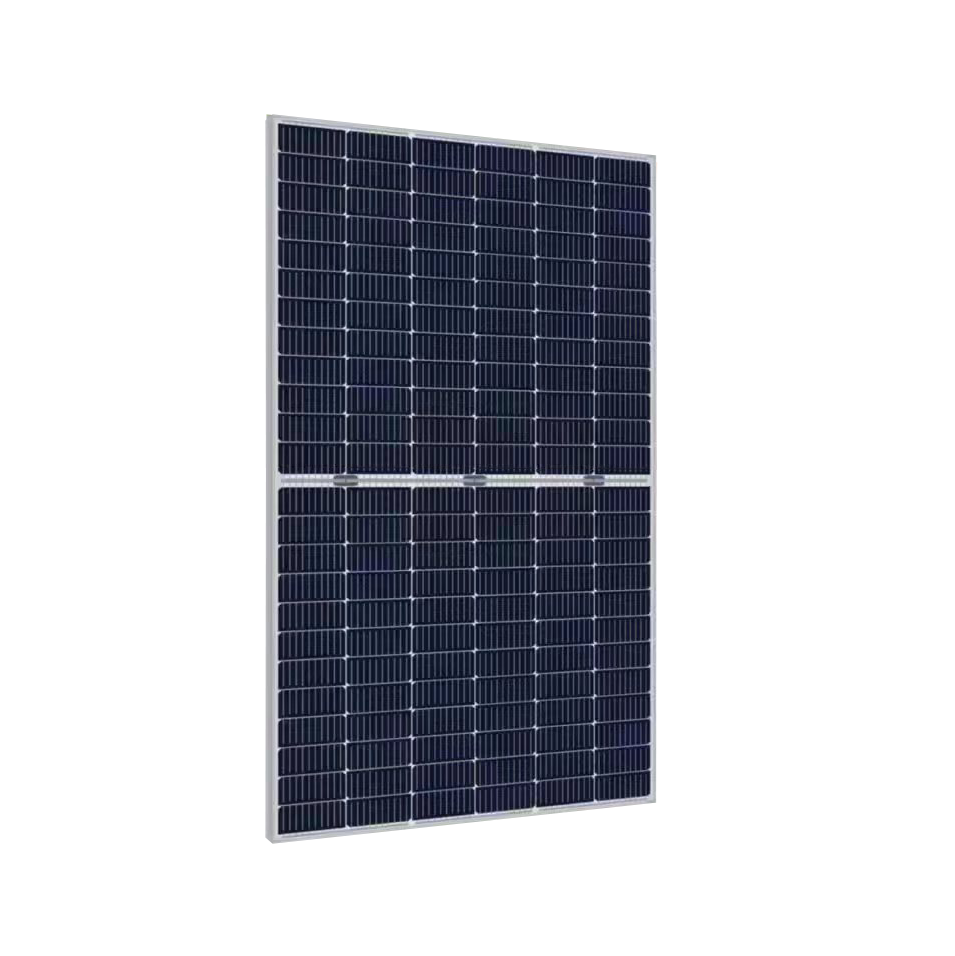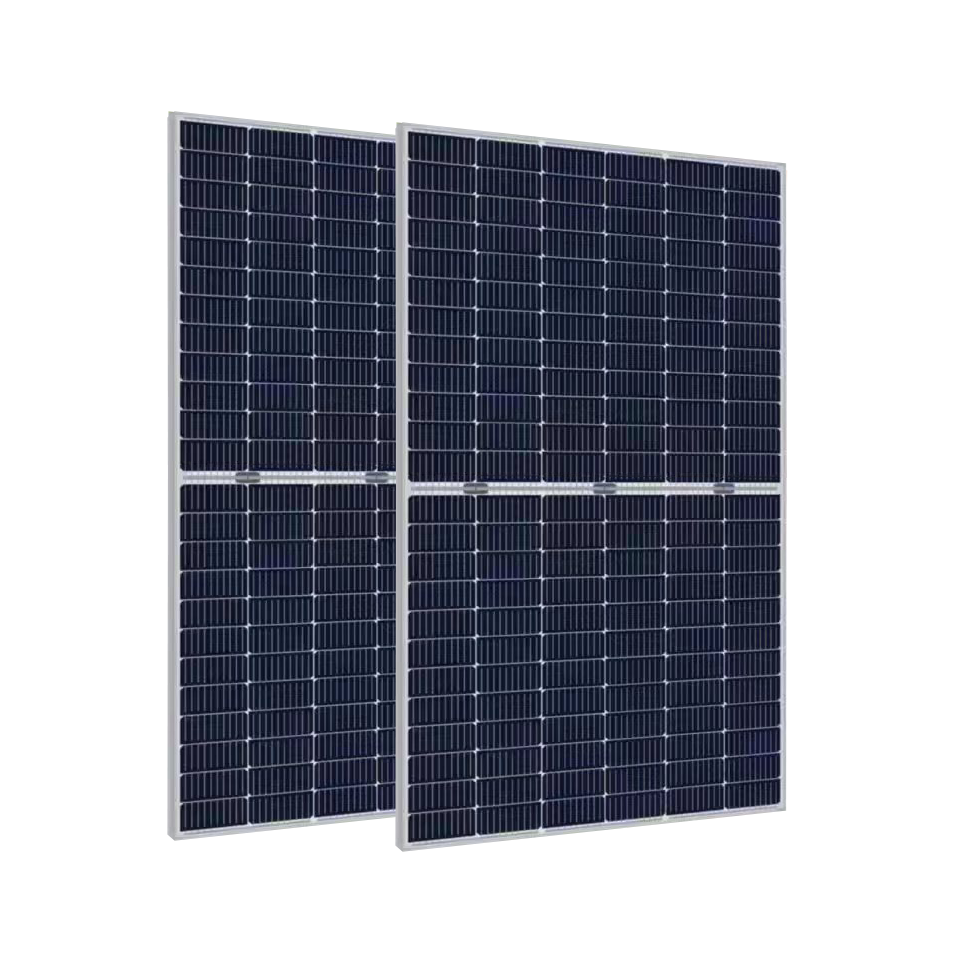As the importance of renewable energy becomes increasingly prominent, solar energy, as one of the most potential energy sources, is developing rapidly and being widely used. Among them, monocrystalline silicon solar modules have attracted much attention due to their high efficiency and excellent performance. This article will deeply discuss the efficiency and development trend of monocrystalline silicon solar modules, in order to provide reference for research and development in related fields.

1. Efficiency improvement:
Monocrystalline silicon solar modules have the advantage of high conversion efficiency. They are manufactured using high-purity monocrystalline silicon materials, which can convert light energy into electrical energy more efficiently. At present, through technical means such as optimizing the crystal structure and surface coating, the efficiency of monocrystalline silicon solar modules has been continuously improved, and has reached a relatively high level, and is expected to be further improved. In the future, with the continuous introduction of new materials and new processes, the efficiency of monocrystalline silicon solar modules is expected to break through the existing limitations.
2. Cost reduction:
With the continuous advancement of technology and the exertion of scale effect, the manufacturing cost of monocrystalline silicon solar modules has gradually decreased. At the same time, the improvement of traditional manufacturing processes and the application of new materials also provide new opportunities for cost reduction. In the future, with the further maturity of technology and the intensification of market competition, it is expected that the cost of monocrystalline silicon solar modules will continue to decline.
3. Technological innovation and diversified applications:
Monocrystalline silicon solar modules are the main products in the field of solar energy, and their technological innovation and expansion of application fields are influencing factors that cannot be ignored. In recent years, with the development of photovoltaic technology, people’s research on monocrystalline silicon solar modules in the fields of building integration, photovoltaic poverty alleviation, and photovoltaic agriculture has continued to deepen. In the future, it is expected that monocrystalline silicon solar modules will be widely used in many fields and make greater contributions to the development of renewable energy.

4. Environmental friendliness and sustainability:
As a representative of clean energy, monocrystalline silicon solar modules have the advantages of zero emission, no noise and no harm to the environment. With the enhancement of environmental protection awareness and the requirement of sustainable development, monocrystalline silicon solar modules will be more widely used as a green energy. At the same time, the gradually formed photovoltaic recycling system also provides a guarantee for the sustainable development of monocrystalline silicon solar modules.
In summary, monocrystalline silicon solar modules have the advantages of high efficiency, low cost, great potential for technological innovation, and environmental friendliness, and have broad application prospects in the field of renewable energy. In the future, with continuous breakthroughs in technology and further development of the market, monocrystalline silicon solar energy
